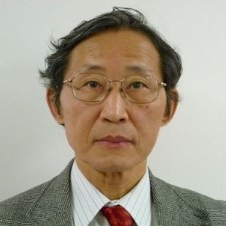The morphology of small gold particles prepared by Volmer–Weber growth on sapphire substrates have been investigated by two different characterization techniques. First, by non-extensive atomic force microscopy (AFM) in combination with optical spectroscopy and modeling of the optical properties using a theoretical model,
[...] Read more.
The morphology of small gold particles prepared by Volmer–Weber growth on sapphire substrates have been investigated by two different characterization techniques. First, by non-extensive atomic force microscopy (AFM) in combination with optical spectroscopy and modeling of the optical properties using a theoretical model, recently developed in our group. Second, by extensive transmission electron microscopy (TEM). Comparing the results obtained with both techniques demonstrate that for small gold nanoparticles within the quasistatic limit, the morphological properties can be precisely determined by an appropriate theoretical modeling of the optical properties in combination with simple AFM measurements. The apparent mean axial ratio of the nanoparticles,
i.e., the axial ratio that corresponds to the center frequency of the ensemble plasmon resonance, is obtained easily from the extinction spectrum. The mean size is determined by the nanoparticle number density and the amount of deposited material, measured by AFM and a quartz micro balance, respectively. To extract the most probable axial ratio of the nanoparticle ensemble,
i.e., the axial ratio that corresponds to the most probable nanoparticle size in the ensemble, we apply the new theoretical model, which allows to extract the functional dependence of the nanoparticle shape on its size. The morphological parameters obtained with this procedure will be afterwards compared to extensive TEM measurements. The results obtained with both techniques yield excellent agreement. For example, the lateral dimensions of the nanoparticles after deposition of 15.2 × 10
15 atoms/cm
2 of gold has been compared. While a mean lateral diameter of (13 ± 2) nm has been extracted from AFM, optical spectroscopy and modeling, a value of (12 ± 2) nm is derived from TEM. The consistency of the results demonstrate the precision of our new model. Moreover, since our theoretical model allows to extract the functional dependence of the nanoparticle size and shape, a relatively simple analysis is sufficient for a full characterization of small noble metal nanoparticles.
Full article





